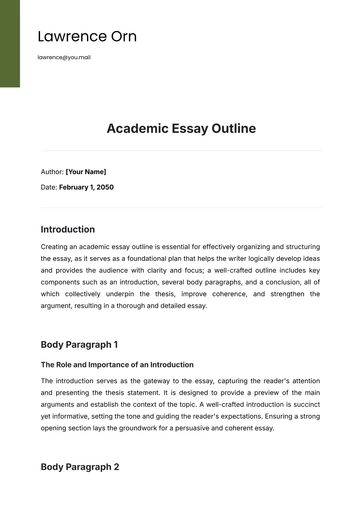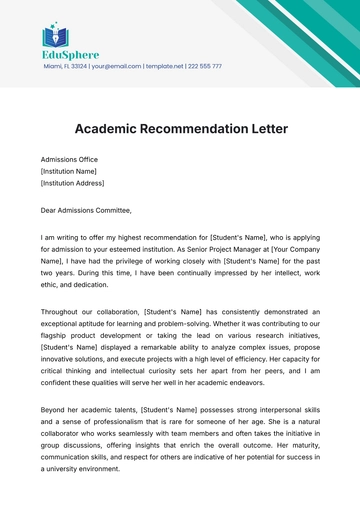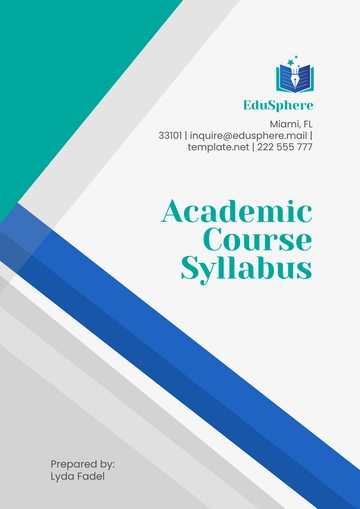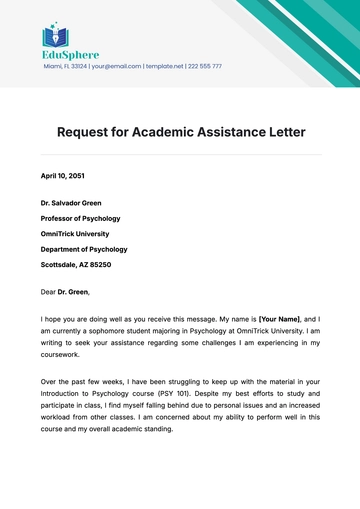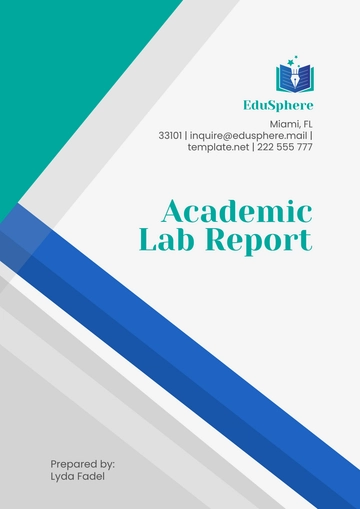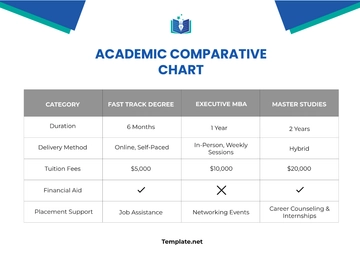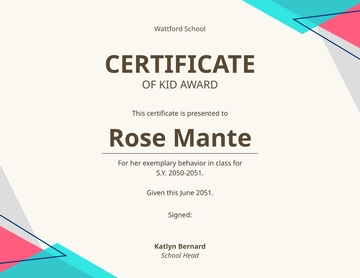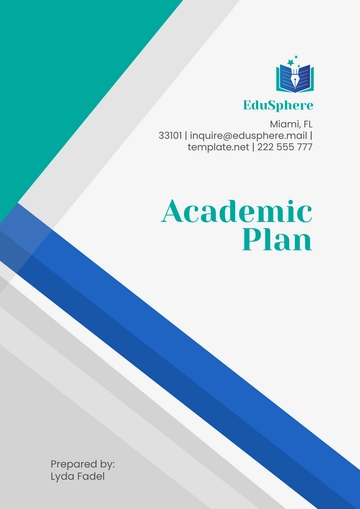Free Professional Academic Journal Article

Introduction
In recent years, digital learning tools have become integral to the higher education landscape. These tools range from interactive simulations to online discussion platforms, aimed at enhancing student engagement. Despite the widespread adoption of these technologies, empirical evidence on their effectiveness remains mixed. This study aims to evaluate the impact of digital learning tools on student engagement, addressing a gap in the current literature. By analyzing student responses and academic performance, we seek to provide insights into the efficacy of these tools in promoting active learning.
Literature Review
Previous research has explored various aspects of digital learning tools and their influence on educational outcomes. Studies have shown that interactive tools, such as simulations and gamified content, can enhance engagement and motivation (Smith, 2050; Brown & Lee, 2051). However, some researchers argue that the effectiveness of these tools varies based on the subject matter and the implementation strategies used (Jones & Green, 2059). This study builds on existing research by focusing on a broader range of digital tools and their collective impact on student engagement.
Methodology
This research employed a mixed-methods approach to provide a comprehensive analysis of digital learning tools' impact. We surveyed 300 students across various disciplines, using a standardized questionnaire to measure engagement levels. Additionally, we conducted in-depth interviews with 20 students to gain qualitative insights. Data were analyzed using statistical techniques to identify correlations and thematic analysis to explore qualitative responses.
Results
The survey results revealed a statistically significant positive correlation (r = 0.65, p < 0.01) between the use of interactive digital tools and increased student engagement. Students reported higher levels of participation and satisfaction when using tools such as virtual labs and online discussion boards. Qualitative data from interviews highlighted that students found these tools to be particularly effective in making learning more interactive and enjoyable.
Discussion
The findings of this study suggest that digital learning tools can significantly enhance student engagement in higher education. The positive correlation observed indicates that when students interact with digital tools, their involvement in academic activities increases. This supports the notion that technology can play a crucial role in fostering an engaging learning environment. However, it is important to consider the implementation context and the specific needs of different student groups.
Conclusion
Incorporating digital learning tools into higher education curricula can lead to increased student engagement and improved academic performance. Future research should explore the long-term effects of these tools and investigate how different types of digital tools influence various aspects of student learning. Additionally, educators should be mindful of the technological needs and preferences of their students to maximize the benefits of digital learning tools.
References
Brown, A., & Lee, C. (2051). Interactive Learning Tools: A Review of Effectiveness. Journal of Educational Technology, 45(3), 123-145.
Jones, M., & Green, K. (2059). The Varied Impact of Digital Tools in Education. International Journal of Teaching and Learning, 32(4), 567-580.
Smith, J. (2050). Enhancing Student Engagement Through Technology. Educational Research Review, 56(2), 89-104.
- 100% Customizable, free editor
- Access 1 Million+ Templates, photo’s & graphics
- Download or share as a template
- Click and replace photos, graphics, text, backgrounds
- Resize, crop, AI write & more
- Access advanced editor
The Professional Academic Journal Article Template, offered by Template.net, is the ideal solution for creating well-structured academic articles. Customizable to suit your needs, this template is downloadable and printable for easy access. Effortlessly editable in our AI Editor Tool, it streamlines the process of formatting and organizing your research, saving you valuable time and effort.


